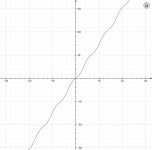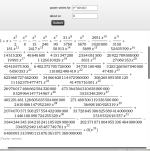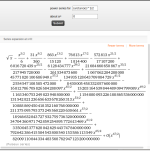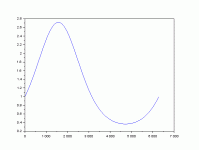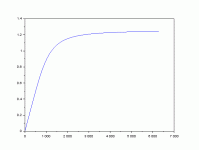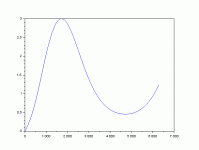I don't have a copy anymore, it may be on line. Check the CRC math handbook table of integrals.
If the Excel trig functions you are using are in radians mode you will need to evaluate from 0 to 2pi.
dt = .01
length = 2pi/dt vary the numerator to change limits of integration. 45deg = pi/4
integral = 0
t = 0
for i = 1 to lrngth
---y(i) = f(t)
---integral = integral + [y(i) * dt]
---t = t + dt
end
With modern computer speeds the brute force approach to integration works, You can use Excel Basic.
WolframAlpha couldn’t integrate it, but it can numerically analyze it. I think it can only be numerically analyzed using zero as a starting point. But the graph of the integrand looks familiar. So I thought maybe there could be a close fit.
I tried a version of a*sin(b*x)+c*x and you can fit it for a while but eventually it starts oscillating down. This function can never decrease as the derivative function never goes below zero.

 . Since this has no definite integral I numerically integrated from 0 to the number. I simply used the Eudoxus method which is not particularly accurate but I think it’s close enough to see what it looks like. I did it from 0 to 20 using a 0.1 iteration. Pretty easy to do in excel. You need to divide the x axis numbers by 10.
. Since this has no definite integral I numerically integrated from 0 to the number. I simply used the Eudoxus method which is not particularly accurate but I think it’s close enough to see what it looks like. I did it from 0 to 20 using a 0.1 iteration. Pretty easy to do in excel. You need to divide the x axis numbers by 10.
